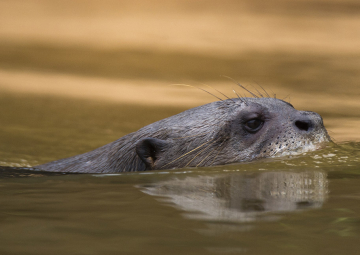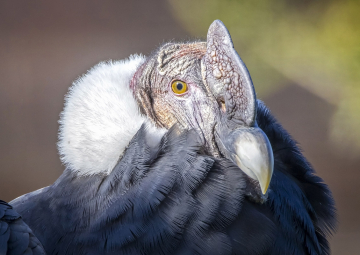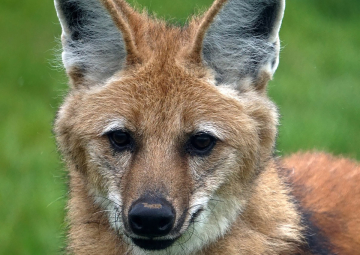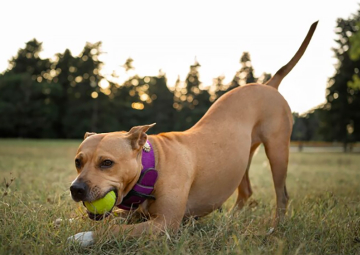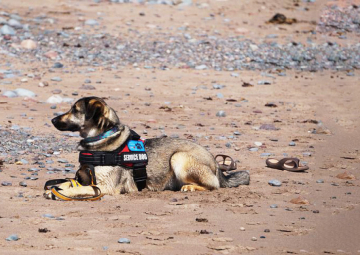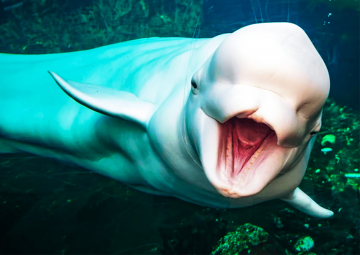THEORY
What are prompts?
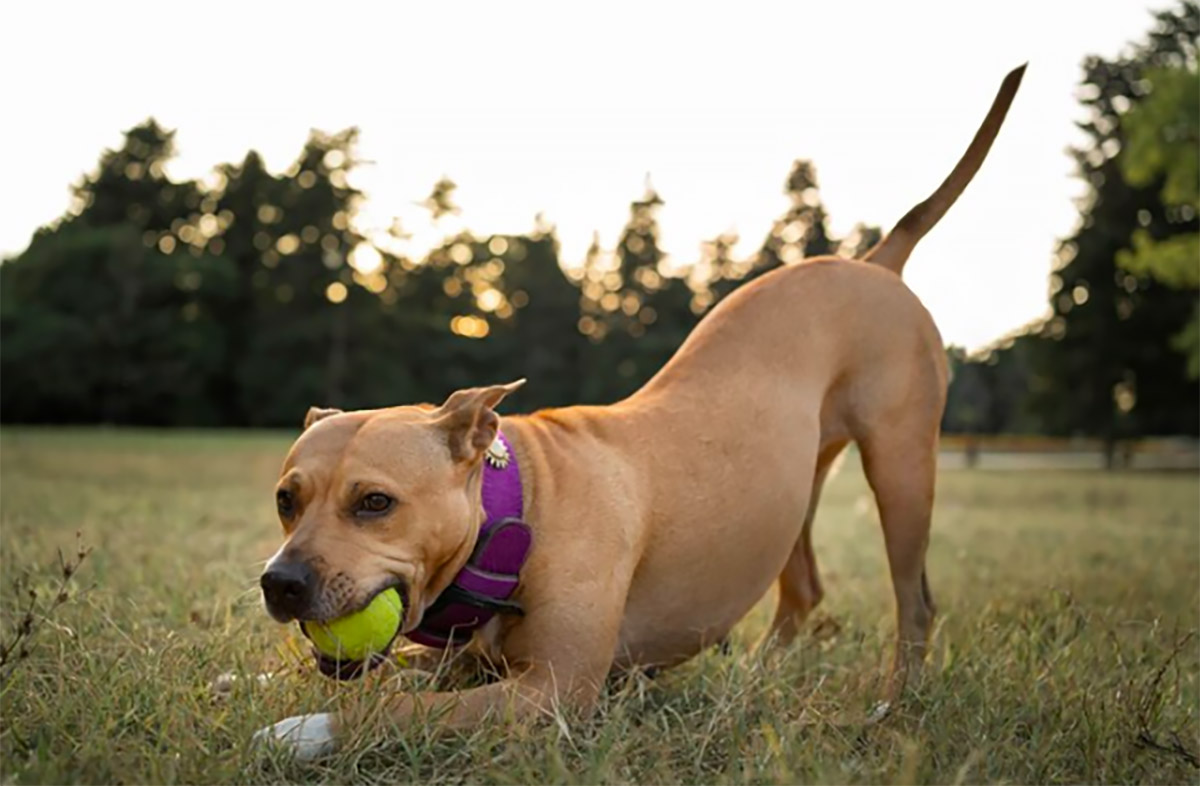
In the world of animal training, each day gives us a new opportunity to improve communication between us and the animals. As you know, when we train, we often condition our animals to perform the desired behavior through a cue. But how do we tell our animal what we expect from them? With the help of prompts, which will be essential for guiding and shaping the behaviors we want to train, whether it's a dog, a macaw, or a dolphin. These techniques will help us initiate responses and will be fundamental in our training plans.
Prompts are gestures, signals, or events—be they vocal, visual, or tactile—that precede a behavior and help initiate a specific response. Imagine you're working with a sea lion to move its flipper in a particular direction. You might use a physical signal, such as touching its flipper and then moving your hand toward the desired direction. This not only indicates to the animal what is expected of it but also establishes a clear connection between the action and the movement being requested. Thus, they are cues we provide to assist the animal in its learning process.

For example, if you want a dog to jump over an obstacle, you could point to the obstacle before the dog makes the jump. This type of gesture will help the dog, as it provides clear context and reinforces the association between the prompt and the expected action.
When a trainer positions their body or gaze toward a target, they are sending an implicit signal to the animal about where it should focus. This is crucial for maintaining the animal's attention and motivation during the training session.

Moreover, by using prompts in our training, we not only guide the animal but also give it the opportunity to understand what is expected of it. This can be as simple as providing a physical signal before the animal performs a behavior, helping it anticipate the next step.
Why are they so effective?
As we consistently use prompts and accompany them with a strong history of reinforcement, they can transform into very powerful tools, as animals learn to associate the signal or prompt with the expected action.
It's vital to remember that, although prompts are effective, we must also be careful with their use. If we overuse them and do not gradually remove them commonly referred to as fading we can create dependency in the animals. If a sea lion always needs to be pointed in the direction it should go, it may not develop the confidence to make the movement independently, and ultimately the prompt we initially provided to help it such as moving slightly toward the desired spot, pointing to the desired location, etc. could end up being the definitive signal. Therefore, as the animal begins to understand what we expect from it, we should start to complicate the task and gradually withdraw that little assistance.

By applying these strategies, we are not only creating a positive learning environment but also fostering the independence and confidence of our animals.
At Wezooit, we believe that the use of prompts in animal training goes beyond simple aids; they are forms of communication that strengthen the relationship between the trainer and the animal. When used correctly, they help animals understand what is expected of them and anticipate their actions, thus promoting effective learning and good collaboration in our training sessions. By combining clear signals and prompts with gradual removal, we will successfully train all the behaviors we aim to achieve.
And remember, if it’s possible…Wezooit!












